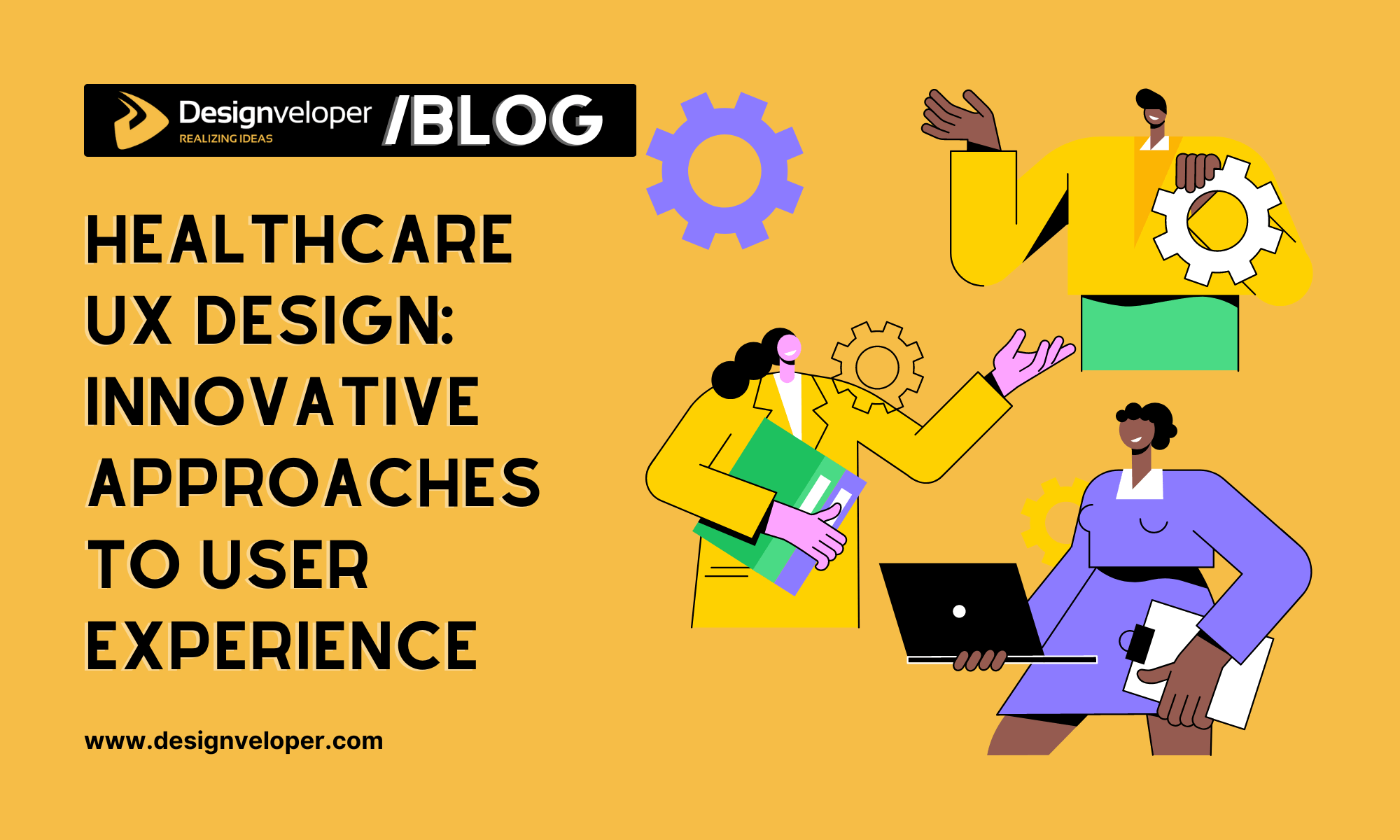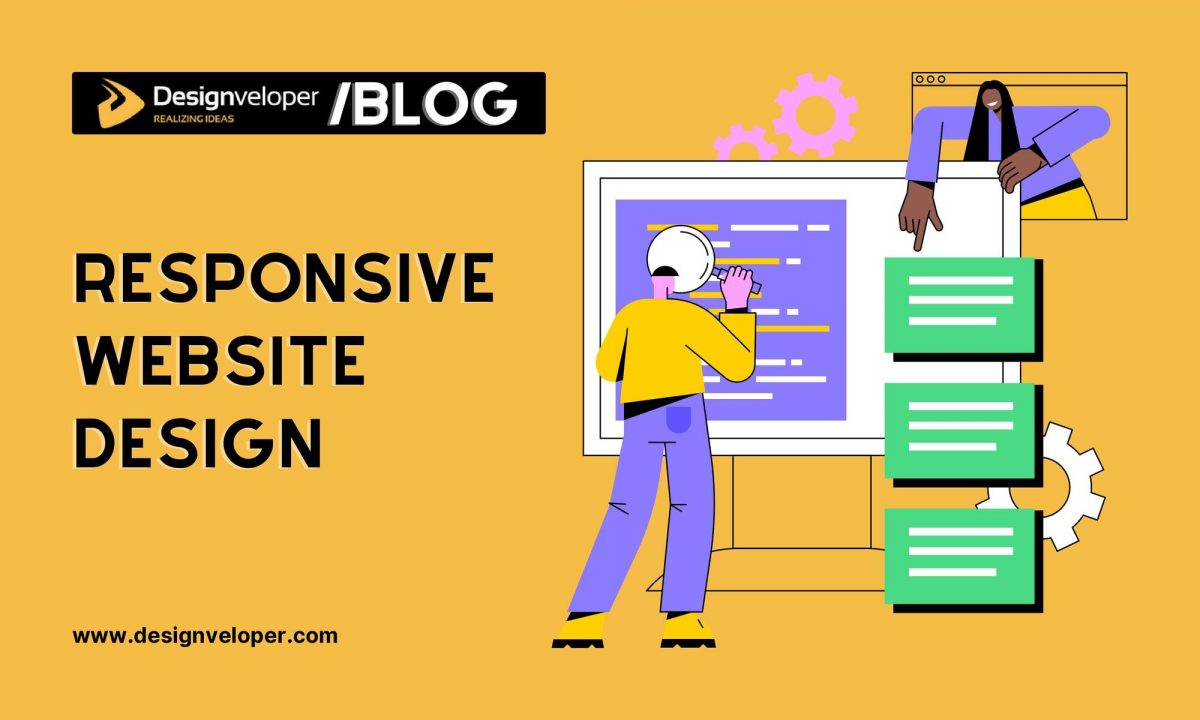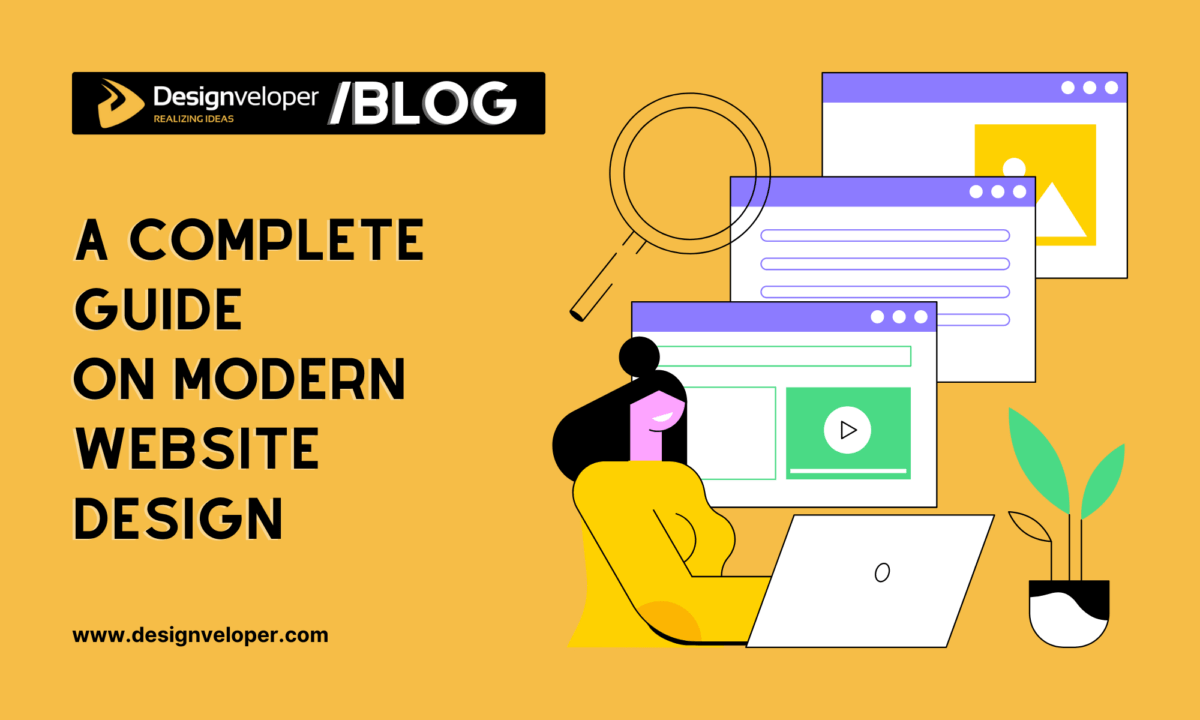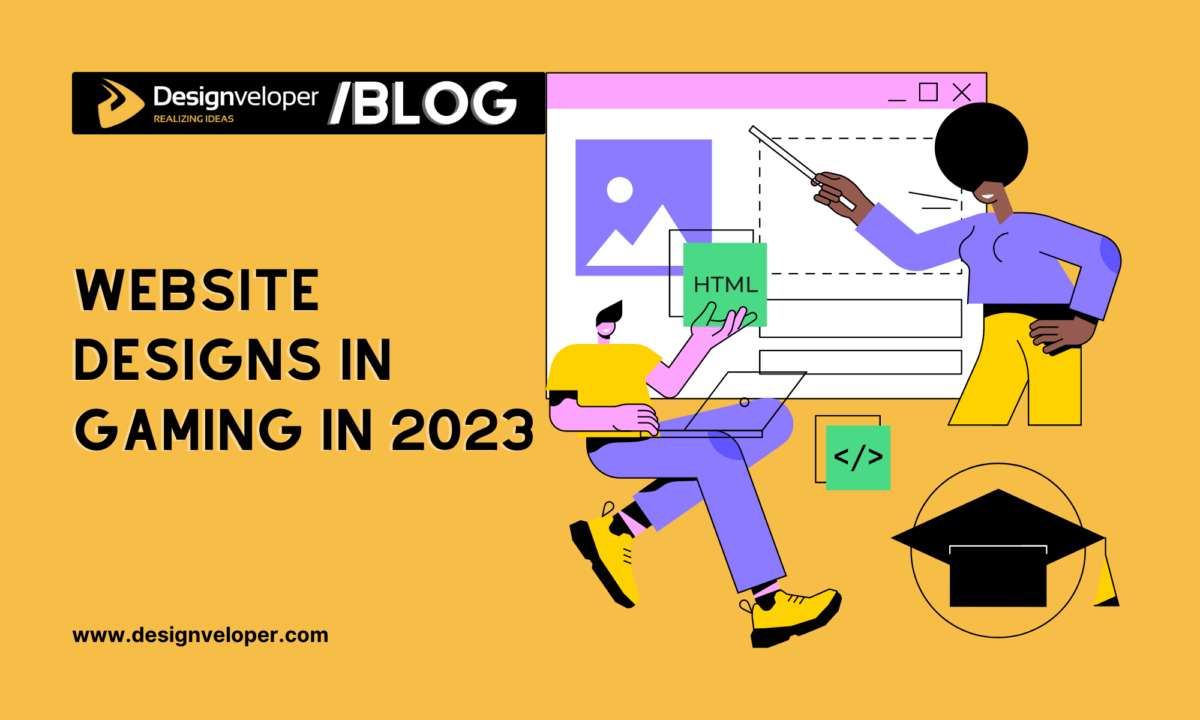Healthcare is an ever-evolving field, requiring constant innovation and rethinking of how to best serve patients. User experience (UX) design has become a crucial part of this process, as it provides the framework for creating engaging and intuitive digital experiences that can make healthcare more accessible. In this article, we’ll explore some innovative approaches to UX design in healthcare that have been developed over the years and discuss why they are important for modern providers. We’ll also provide tips on how you can implement them into your own healthcare organization so that you can create a better user experience for your patients. So let’s get started!

1. How UX affects healthcare
User experience (UX) design plays an increasingly crucial role in healthcare, as healthcare organizations are recognizing that creating a positive user experience can make a significant impact on patient outcomes. UX focuses directly on increasing the usability of medical technology for healthcare providers and patients across the entire care process. By improving the user experience through better communication, simplifying complex processes, and utilizing modern technologies such as AI and chatbots, healthcare providers can help to provide more effective care solutions and improve patient satisfaction. Furthermore, ui/ux web design to reduce errors in documentation by making it more straightforward for all stakeholders to understand, thus ensuring information is accurately captured every time. Thus, investing in UX within healthcare settings is essential if we aim to achieve our ultimate goal – improved health outcomes for people everywhere.
Key components of UX in healthcare
1. Understanding the patient’s needs
The first step in creating a successful UX design is to understand the user’s needs and preferences. This involves gathering data from various sources, such as surveys and interviews with healthcare providers, patients, family members, or other stakeholders. By analyzing this data, designers can create a better understanding of how people interact with technology in a healthcare setting. Furthermore, these insights can drive product innovation by helping to identify user pain points and designing solutions that reduce friction while still meeting their needs.
2. Designing for accessibility
Another key component of UX design is ensuring that all users have equal access to healthcare services regardless of any challenges they might face in terms of physical or cognitive ability. This means making sure that websites, applications, and other digital resources are designed to be accessible to people with disabilities. For example, designing a website or app that is compatible with screen readers is essential for users who cannot see the content on their devices. Additionally, incorporating features such as larger fonts and increased contrast can ensure everyone has access to all of the information they need.
3. Incorporating feedback into the design
Finally, it’s important for designers to listen to user feedback in order to continue improving the UX design process. Regularly collecting feedback from healthcare providers and patients is essential if we want to make sure that our designs meet their needs.
FURTHER READING: |
1. |
2. Healthcare App Development: 5 Things You Should Know |
3. |
2. Exploring Innovative Approaches to User Experience
In our 21st-century world, advancements in technology are coming thick and fast. This means that businesses must take a proactive approach to innovation if they want to stay ahead of the curve. To this end, exploring innovative approaches to user experience is a great way for companies to stay competitive. Creative UX features can help businesses engage with customers like never before and also add real value in terms of providing a unique service or product. The key is to stay on the cutting edge, taking advantage of the latest trends and techniques available because investing in UX design now can pay off significantly in the future.
3. Tips for Creating Innovative UX Design
1. Embrace new technologies: Utilize emerging technologies such as artificial intelligence, virtual reality, and chatbots to create a more engaging user experience.
2. Focus on usability: Ensure that the design is optimized for usability so users can navigate easily and find what they need quickly.
3. Create an intuitive interface: Design an interface that is both visually pleasing and straightforward so users don’t have to learn complex systems from scratch.
4. Consider personalization: Develop personalized experiences based on user preferences in order to make them feel valued and understood.
5. Keep up with trends: Pay attention to trends in the industry and make sure that your design is up-to-date with the latest technologies.
6. Prioritize user feedback: Incorporate user feedback into your designs in order to continually improve the UX experience for customers.
7. Test and optimize regularly: Regularly test and adjust design elements to ensure that users have the best possible experience.
When Is Innovative UX Design the Right Choice?
Designers must innovate to ensure an optimal user experience, utilizing technologies like CSS, animation, streaming video, and HTML5. However, innovation is only beneficial if it helps users understand how to use the design. For that reason, designers should always explain their innovative additions in a way that everyone can comprehend easily.

4. Examining How Technology Can Help Enhance Health Care Delivery
The potential of technology to revolutionize healthcare delivery should not be underestimated. Today, we are on the brink of a paradigm shift in healthcare. Digital tools such as telemedicine and remote patient monitoring, artificial intelligence (AI)-driven decision-support systems, and advanced analytics hold the key to improving patient access and quality of care while reducing costs. With the right infrastructure in place, healthcare providers can use these solutions to overcome the most common challenges they face, such as long wait times, inadequate staffing, and incorrect diagnoses and prescriptions. Furthermore, with an increasing focus on personalized medicine, technology provides the platform for greater system accuracy across the entire healthcare process. With the effective implementation of these solutions combined with an integrated approach, it is possible to create more efficient and cost-effective care packages that effectively meet patients’ needs – no matter their geographical location. Healthcare providers must leverage technology to enhance healthcare delivery now more than ever before.
5. Evaluating the Impact of Digital Technologies on Health Outcomes
Technological advancement has impacted virtually all facets of modern life, and the health arena is no exception. Digital technologies have revolutionized the way healthcare professionals deliver patient care by making processes like diagnosis and treatment faster, easier, and more accurate than ever before. This translates to improved access to healthcare services, better outcomes for patients, increased safety concerning the use of treatments, and higher-quality care in general. Furthermore, digital technologies enable doctors to collect comprehensive data about their patients which can be used to improve personalized treatments. Although there are costs associated with these new technology tools and applications that must also be considered, evidence suggests they are an invaluable asset to our healthcare system with significant potential to improve outcomes.
Final Words
In this article, we explored the innovative approaches to user experience design and how technology can help enhance healthcare delivery. We also evaluated the impact of digital technologies on health outcomes and found that they are invaluable assets with significant potential to improve patient care. Whether you’re a designer looking for ways to create more engaging UX designs or a doctor searching for new tools to provide better-personalized treatments, this article has given you some ideas about how leveraging modern technology can benefit your practice.
Ultimately, this information should give you the confidence needed to make informed decisions when it comes time to choose which technological solutions will be best suited for meeting your specific needs in order to optimize customer service and maximize success in this ever-evolving industry.























